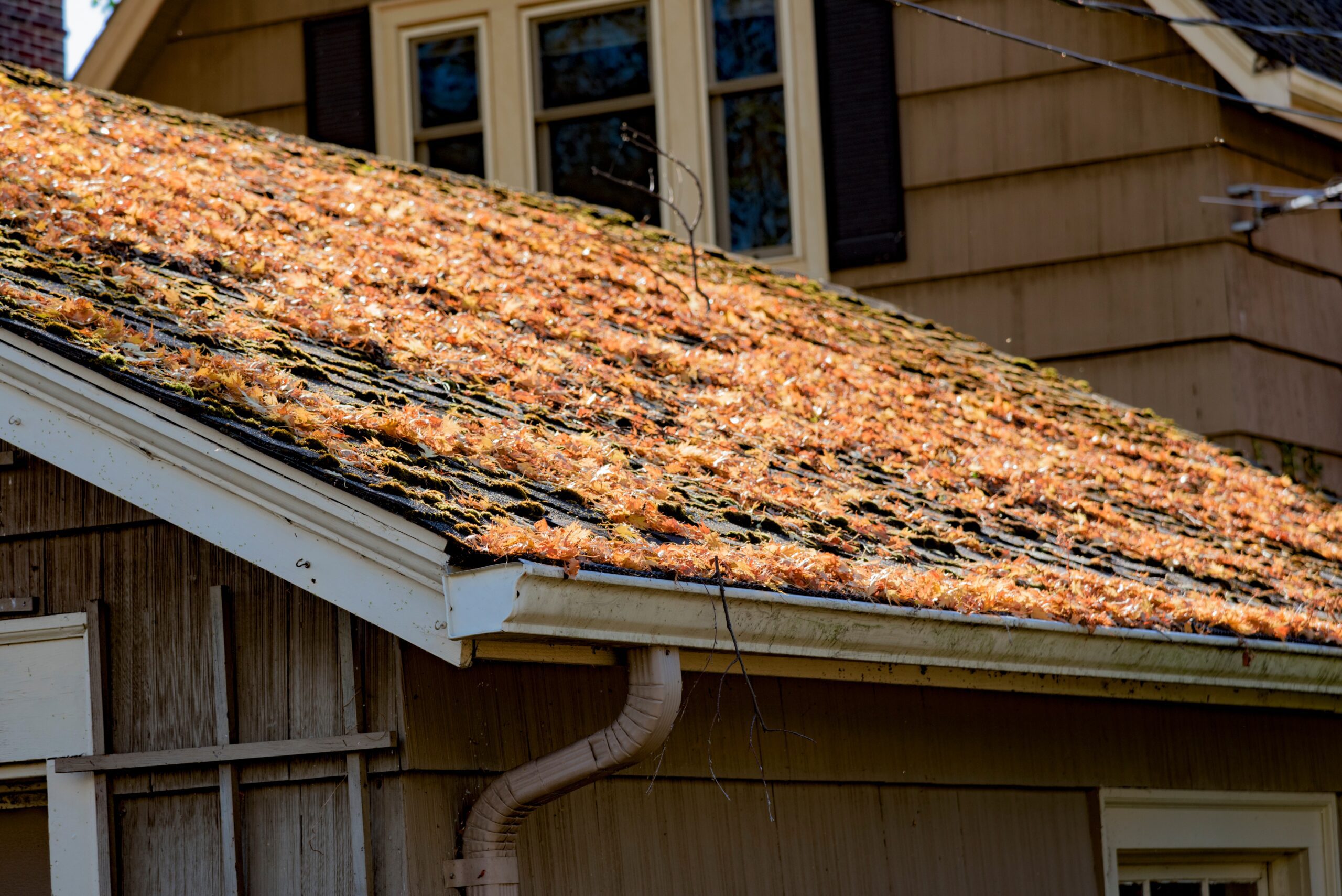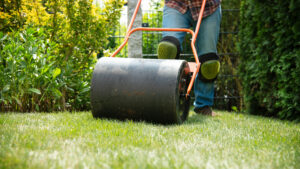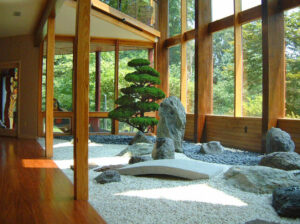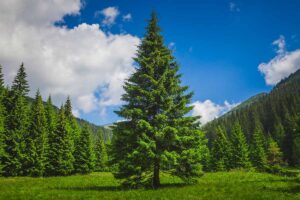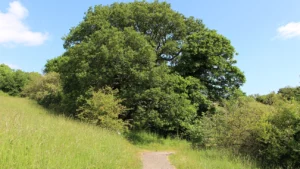Did You Know? These 3 Bad Things Can Happen When You Keep Leaves on Your Roof
As the fall season arrives, many homeowners enjoy the picturesque sight of colorful leaves blanketing their yards, but what about when those leaves end up on the roof? While it may seem harmless to leave a layer of fallen leaves undisturbed, it can lead to some serious issues down the line. According to roofing expert Sarah Lawrence, “Neglecting roof maintenance and leaving leaves to pile up can not only cause cosmetic damage but also result in expensive repairs that could have been avoided with regular cleaning.”
In this article, we’ll explore three critical problems that can occur when you leave leaves on your roof and why it’s essential to maintain your roof during the autumn months.
1. Clogged Gutters and Water Damage
One of the most immediate and damaging consequences of leaving leaves on your roof is the clogging of your gutters. As leaves gather in gutters, they block the flow of water, preventing proper drainage. This can lead to a host of water-related issues, especially during the rainy season.
- Overflowing Gutters: When gutters become clogged with leaves, rainwater has nowhere to go but over the edge. This overflow can result in water spilling onto the sides of your house, damaging the exterior and even causing water to seep into your home’s foundation. Over time, this can weaken the structural integrity of your property.
- Water Pooling on the Roof: If leaves and debris block your gutters, water will collect on your roof instead of draining properly. This standing water can cause roof deterioration, resulting in leaks, mold growth, and even rot in roofing materials. Experts like David Hamilton, a contractor with over 20 years of experience, stress, “Allowing debris to remain on the roof can expedite the wearing down of shingles, ultimately reducing the life expectancy of your roof.”
- Mold and Mildew Growth: As water accumulates and stagnates in blocked gutters or on your roof, it creates an ideal environment for mold and mildew to thrive. This growth can be harmful not only to your roof’s structure but also to your health, as mold spores can infiltrate your home.
2. Damage to Roofing Materials
Roofing materials, whether shingles, tiles, or metal, are designed to withstand weather and wear, but leaves left on the roof can cause additional damage that shortens the lifespan of these materials.
- Shingle Deterioration: When leaves stay on the roof for an extended period, moisture can get trapped between the leaves and shingles. This trapped moisture accelerates the breakdown of roofing materials. Shingles may become soft, brittle, or warped, eventually leading to the need for repairs or replacement.
- Organic Material Build-up: As leaves decompose, they release tannins and other organic substances. These substances can break down roofing materials, especially asphalt shingles, causing discoloration, staining, and further deterioration. The longer the leaves remain on the roof, the more likely these substances will have a lasting impact.
- Ice Dams in Winter: In colder climates, leaves on the roof can contribute to the formation of ice dams. When leaves block gutters and prevent water from draining off the roof, the water that does accumulate can freeze, forming an ice dam. As more snow and ice accumulate, the dam can cause water to back up under the shingles, leading to leaks and additional damage.
3. Pest Infestations and Fire Hazards
If the leaves on your roof aren’t enough of a concern, the pests that can use the build-up as a hiding place should certainly raise some alarms. A neglected roof covered in leaves can become a haven for various pests, including rodents, insects, and birds.
- Rodent Infestation: Leaves and other debris provide the perfect nesting grounds for rodents such as squirrels, rats, and mice. These animals may burrow into the roof’s insulation or create nests that damage your roofing materials. If left unchecked, these rodents can invade your home, seeking warmth and food. Once inside, they may chew through wires, insulation, and even wooden beams, resulting in costly repairs.
- Insects and Termites: Leaves on your roof can also attract insects, including ants, termites, and beetles, all of which can cause extensive damage to your roof’s structure. For example, termites feed on wood, and if leaves pile up on wooden roofing or near wooden beams, it can create an inviting environment for these pests. According to pest control expert Brian Green, “A combination of wet leaves and wooden shingles creates a perfect breeding ground for termites, which can lead to serious structural damage if not addressed.”
- Fire Risk: In dry conditions, especially during the late summer or early fall, leaves on your roof can become a serious fire hazard. Dried-out leaves are highly flammable, and a small spark—whether from a passing vehicle, a barbecue, or even a lightning strike—can ignite the leaves, leading to a rooftop fire that could easily spread to your home. Home safety experts strongly recommend removing leaves to reduce the risk of fire damage.
How to Prevent Damage from Leaves on Your Roof
Given the potential hazards of leaving leaves on your roof, it’s crucial to take proactive steps to protect your home. Here are a few tips to keep your roof and gutters clear of debris:
- Regular Roof Inspections: Make it a habit to inspect your roof at least twice a year, once in the fall and again in the spring. This will help identify any areas where leaves may have accumulated and allow you to address them before they cause problems.
- Clean Gutters Regularly: Clean your gutters at least twice a year, or more often if you live in an area with many trees. Make sure to remove all leaves and debris to ensure proper drainage. If you’re not comfortable doing this yourself, hire a professional to handle the cleaning.
- Use Gutter Guards: Gutter guards are designed to prevent leaves and debris from entering your gutters while still allowing water to flow through. This can significantly reduce the amount of maintenance required and protect your gutters from clogging.
- Roof Rakes: If your roof is flat or has a low slope, consider investing in a roof rake to remove leaves and debris. This is particularly important if you live in an area prone to heavy snowfall, as keeping your roof clear of debris can prevent ice dams from forming.
- Trim Overhanging Branches: To prevent leaves from accumulating on your roof in the first place, trim back any trees or branches that hang over your roofline. This will reduce the amount of debris that falls onto your roof and into your gutters.
Conclusion
While it may be tempting to ignore the pile of leaves on your roof, doing so can lead to costly and serious problems, including clogged gutters, roofing material damage, pest infestations, and fire hazards. Regular roof maintenance, including cleaning leaves off your roof and gutters, is essential to maintaining the integrity of your home and preventing unnecessary repairs. By staying proactive and taking care of your roof, you’ll not only protect your property but also extend the lifespan of your roof. Keep your home safe, secure, and free from the dangers posed by neglected leaves on the roof.
